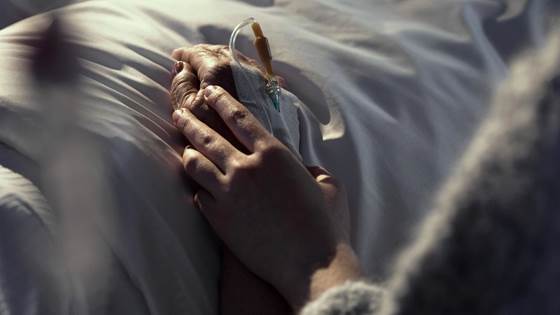
GPs must play their part in palliative treatment
Hospitals typically provide excellent end-of-life care for their patients. But when GPs assume responsibility for terminal patients, things don't always go so well.

Hospitals typically provide excellent end-of-life care for their patients. But when GPs assume responsibility for terminal patients, things don't always go so well.
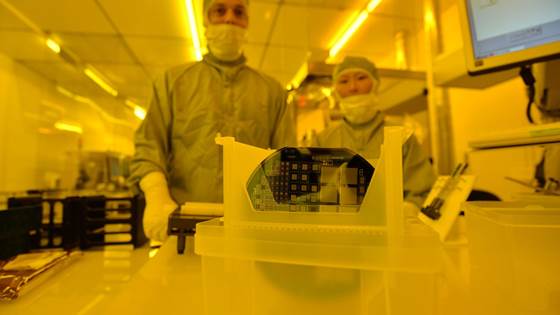
A team of Norwegian, French and Australian researchers is the first in the world to succeed in quantifying the effects of radiation on individual cancer cells. This means that radiation therapies can now be tailored to individual tumours and thus be...
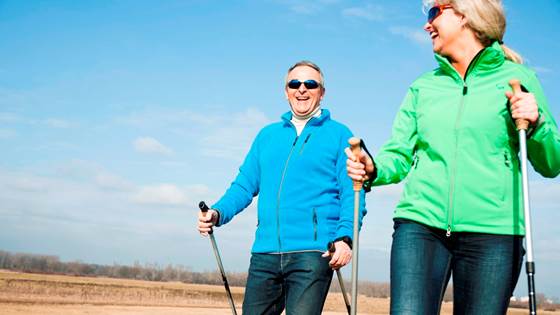
The company Noen AS runs courses for its helpers to enable them to establish close relationships with their dementia patients. The aim is to increase the patients' quality of life. Researchers have developed an IT tool to help the company demonstrate...
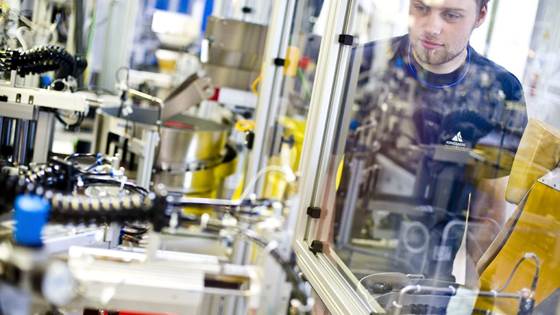
Welcome to the 6th Conference on Learning Factories, arranged by NTNU Gjøvik and SINTEF Raufoss Manufacturing, the 29th and 30th of June at Gjøvik. The conference is sponsored by CIRP and SFI Manufacturing, Norways cross-disciplinary research centre...
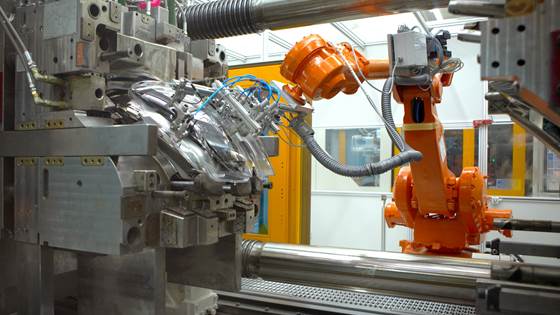
Sensors, data and analyses all help to give advance warning of critical situations developing on production lines. This can reduce downtime by 50 per cent.
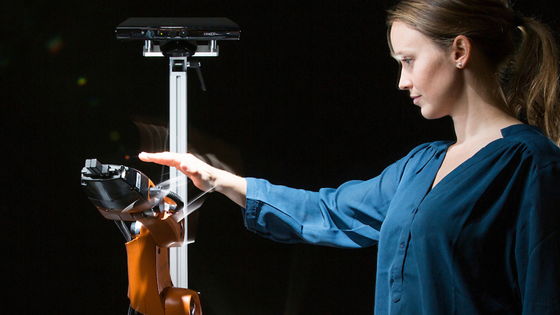
Researchers have developed a robot that adjusts its movements in order to avoid colliding with the people and objects around it. This provides new opportunities for more friendly interaction between people and machines.
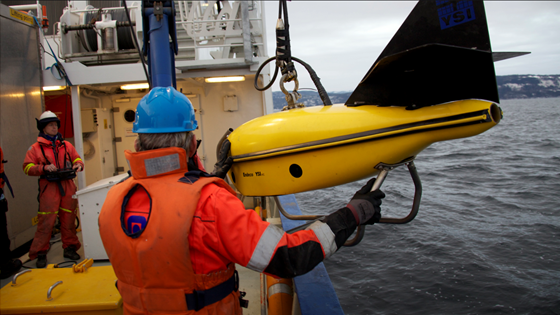
Soon it may be easier to design, plan and carry out infrastructure operations in deep water. The EU project called "SWARMs" aims to achieve this by integrating autonomous vehicles such as ROVs and AUVs.
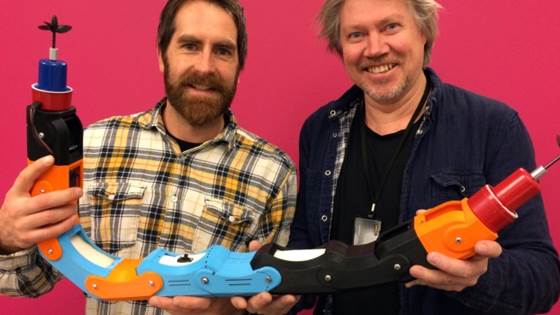
Norwegian researchers and a small company in Tromsø are taking part in a project aimed at preventing between 30 and 50 per cent of Europe's drinking water being lost due to pipe leakages.
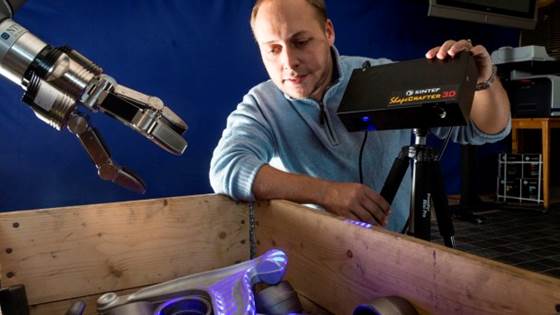
The robots of the future must be able to adapt to changes in their surroundings. Some of them will be in close contact with people. At the very least they must be able to see properly – in three dimensions, just like us.